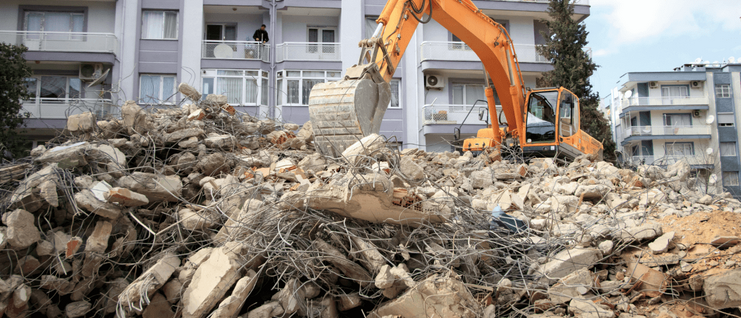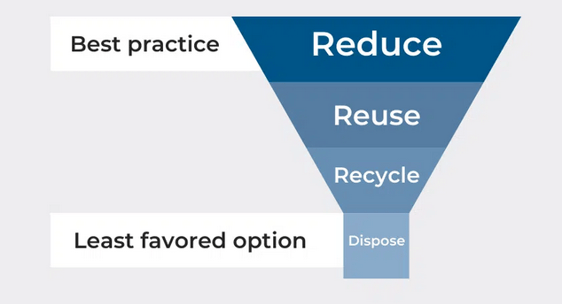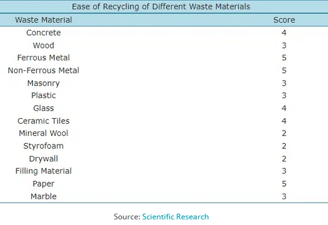Understanding Construction Site Waste
Up to 30% of materials end up as waste on construction sites. Understanding how to reduce waste is key for the construction industry becoming green.
Modular Home and Pool Express
11/15/20232 min read


Construction Waste Disposal Guide
Did you know that the construction industry generates a substantial amount of waste globally, contributing significantly to the overall waste problem? In fact, about one-third of the world's total waste originates from construction activities, with a majority of it ending up in landfills, posing environmental challenges. It's crucial for businesses involved in construction to adopt proper waste management practices. To assist you, we've created a comprehensive guide to construction waste disposal.
What Qualifies as Construction Waste?
Construction waste encompasses materials discarded during building, demolishing, or renovating structures. This includes a wide range of items such as building debris, concrete, rubble, timber, and more. To simplify, we categorize these materials into three main types:
Building Materials:
Bricks, metal, cement, wood, nails, tiles, ceramics, glass, insulation material, and wiring.
Up to 30% of delivered building materials can end up as waste due to damage or unused materials.
Most building materials waste is recyclable, reducible, or reusable.
Hazardous Materials:
Harmful substances like leftover paints, contaminated soil, asbestos, aerosol cans, paint thinners, mercury, fluorescent bulbs, lead, and gypsum materials (e.g., drywall).
Gypsum waste can produce toxic gases in landfills, emphasizing the need for proper disposal.
Demolition Waste Materials:
Debris from demolition projects, including bricks, tiles, wood, glass, ceramics, and hazardous materials like asbestos.
Demolition waste contributes significantly to overall construction waste.
Importance of Construction Waste Management:
Effective construction waste management is essential for several reasons:
Productivity and Safety:
Proper waste management maintains order and productivity at construction sites, enhancing worker focus and safety.
Environmental Care:
Responsible waste disposal reduces CO2 and methane emissions from landfills, contributing to climate change mitigation.
Recycling and processing waste lessen negative environmental impacts.
Best Practices for Construction Waste Management:
Reuse and Recycle:
Reusing materials reduces costs and landfill waste, promoting sustainability.
Recycling materials like steel and concrete minimizes environmental impact.
Reduce Waste Generation:
Innovative designs, such as modular construction, significantly reduce waste during building processes.
Adopting efficient practices, like precise material planning, helps minimize excess waste.
Case Study: Modular Home and Pool Express:
An exemplary case is Modular Home and Pool Express, which utilizes modular steel panels and precise assembly techniques to minimize waste. Their approach includes:
Pre-built modules with minimal leftover materials.
Efficient shipping to reduce transportation-related waste.
Environmental and cost benefits from reduced waste and landfill expenses.
Conclusion:
Construction waste management is crucial for environmental sustainability and cost-effectiveness. By adopting responsible disposal practices, recycling, and reducing waste generation, businesses can contribute positively to waste reduction efforts and promote a greener future.




All Rights Reserved: 2021-2024
Offices: Tampa - Istanbul - Hong Kong
